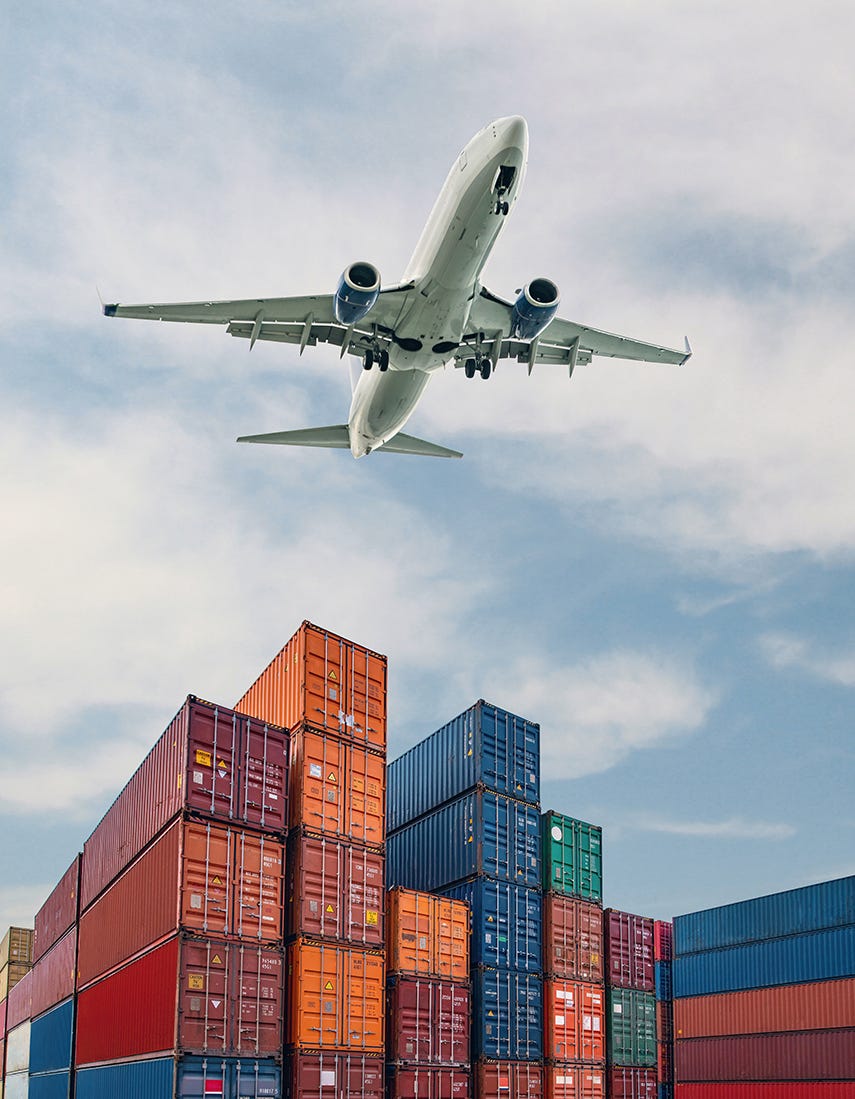In today's fast-paced world, where time is of the essence, the need for efficient and rapid transportation has become paramount. With advancements in technology and infrastructure, various modes of transport have emerged, each claiming to be the fastest. In this article, we will delve into the realm of transportation and explore which mode reigns supreme in terms of speed.
- Supersonic Air Travel:
One of the most revolutionary advancements in transportation is supersonic air travel. With aircraft like the Concorde, which operated from 1976 to 2003, passengers could travel at speeds exceeding Mach 2 (twice the speed of sound). However, due to various factors such as high costs, noise pollution, and environmental concerns, supersonic air travel is currently limited. Nevertheless, companies like Boom Supersonic are working on developing a new generation of supersonic jets that aim to make high-speed air travel more accessible and sustainable. - Maglev Trains:
Magnetic levitation (maglev) trains have gained attention for their incredible speed potential. By utilizing magnetic forces to lift and propel the train, maglev technology eliminates the friction and limitations of traditional wheel-on-rail systems. The Shanghai Maglev Train in China, for instance, can reach speeds of up to 431 km/h (268 mph), making it the fastest commercial train in the world. Maglev trains offer the potential for even higher speeds in the future, with projects like the Hyperloop aiming to achieve speeds of over 1,000 km/h (621 mph). - Hyperloop:
Proposed by Elon Musk, the Hyperloop is a conceptual high-speed transportation system that envisions passenger pods traveling through low-pressure tubes at near-supersonic speeds. By reducing air resistance and utilizing magnetic levitation, the Hyperloop has the potential to revolutionize transportation. Several companies, including Virgin Hyperloop and SpaceX, are actively developing and testing prototypes, with the goal of achieving speeds faster than any existing mode of transport. - Space Travel:
When it comes to ultimate speed, space travel takes the crown. Rockets, such as the Saturn V used in the Apollo missions, can reach speeds of up to 39,000 km/h (24,000 mph) to escape Earth's gravitational pull. While space travel is currently limited to astronauts and satellites, companies like SpaceX are working towards making commercial space travel a reality. With projects like the Starship, which aims to transport humans to Mars, the future of space travel holds the promise of unprecedented speeds.
In conclusion, the fastest mode of transport depends on the context and purpose of travel. While supersonic air travel, maglev trains, and the Hyperloop offer incredible speeds for terrestrial journeys, space travel surpasses them all in terms of velocity. As technology continues to advance, it is likely that new modes of transportation will emerge, pushing the boundaries of speed even further. So, buckle up and get ready for a future where traveling at unimaginable speeds becomes a reality.


